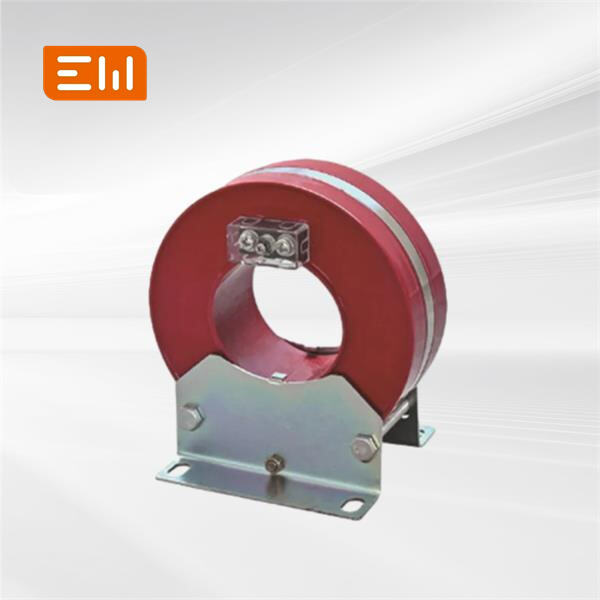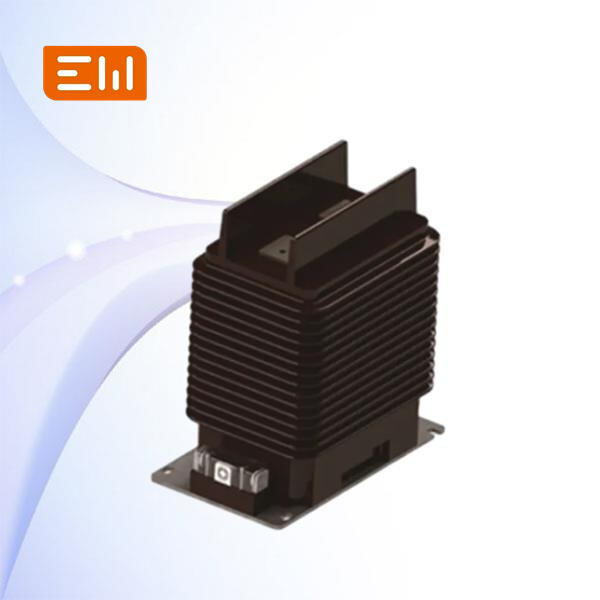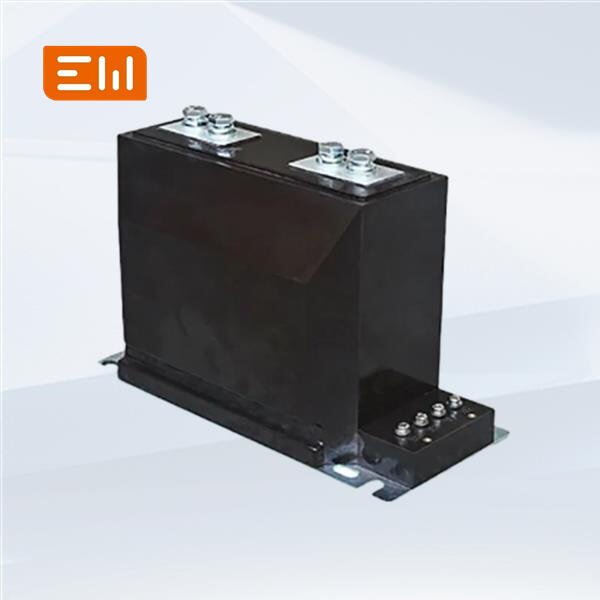In electricity and in power systems, there are special instruments known as current transformers and potential transformers. Such devices are highly valuable in monitoring and verifying electrical currents and voltages. You can think of them as detectives that assist engineers and technicians in seeing how electricity travels through circuits and systems.
Current transformers are commonly used for energy meters, device protection, or system verification. They can prevent overloads and short circuits by providing accurate current readings. Potential transformers, however, are for voltage measurement, system control and power quality monitoring. They help maintain a steady and reliable voltage level in electrical systems.

Transformers are important components in the monitoring and controlling of electrical power systems. Operators use them to collect data on currents and voltages in real time, analyze electrical details and make intelligent decisions to enhance system performance. Using those transformers, operators can ensure that power grids are reliable and efficient.

Transmission lines and population network currents are measured by current transformers. This information is useful for detecting failures and overloads. They may be used to monitor the voltage and system stability supplied to a rail. Operators are able to maintain balance and trustful power supply by combining the two kinds of measurements.

You need to consider what your systems requirement is when selecting current transformers or potential transformers for your electrical. Key considerations are the currents and voltages, how precise they need to be, and the frequency ranges. Selecting the proper transformers can help ensure your electrical equipment is operating and safe.